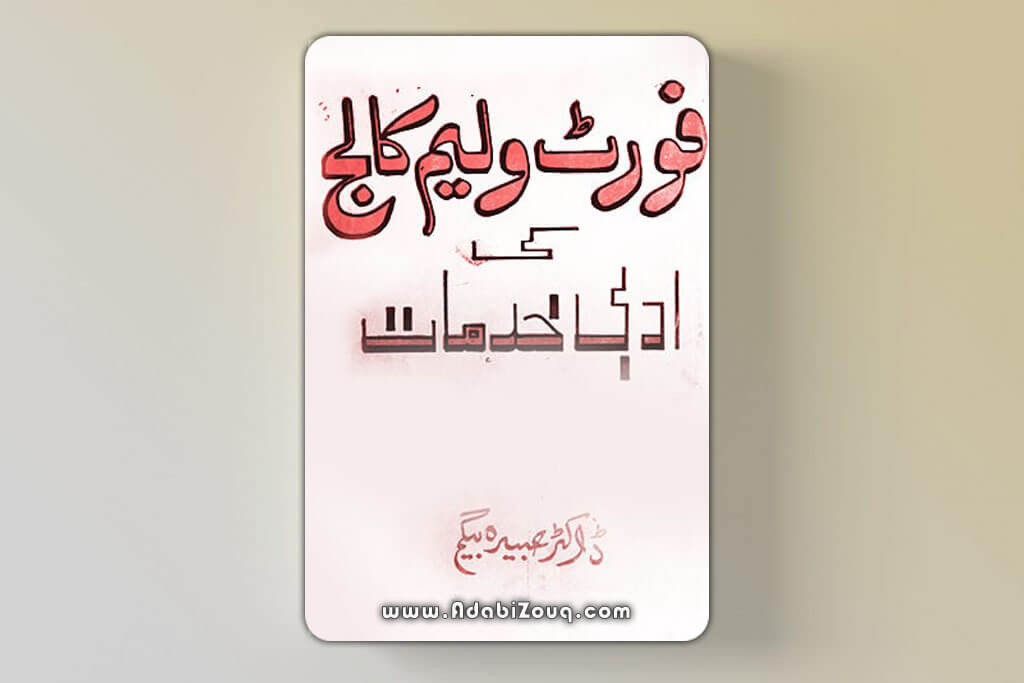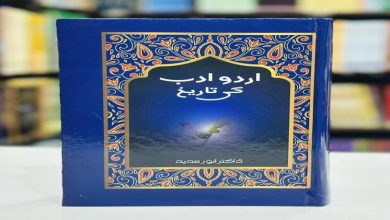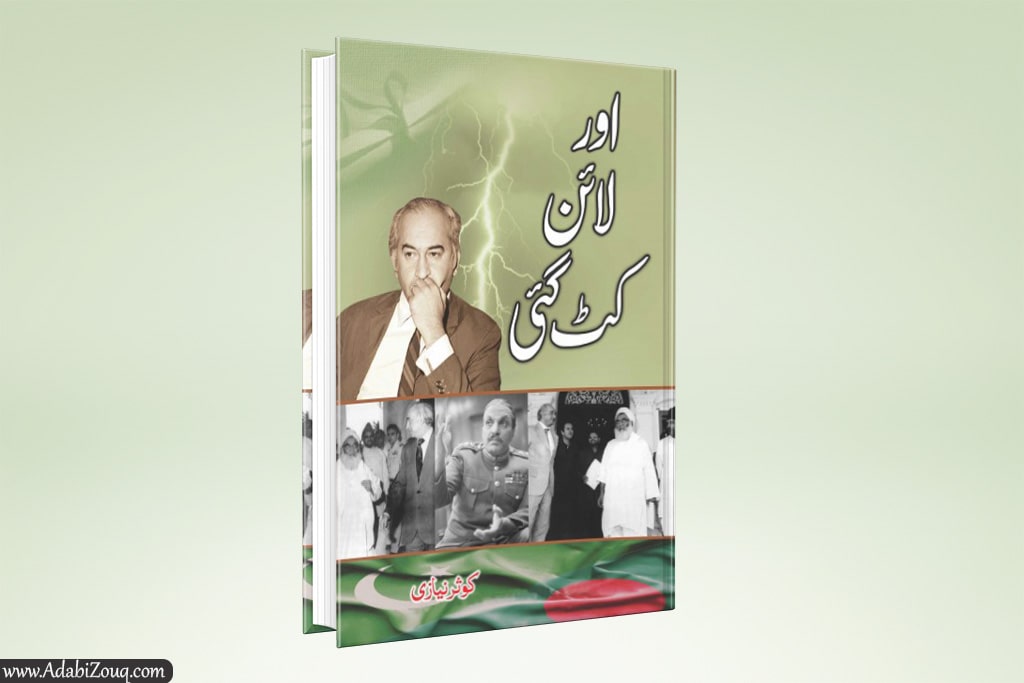Tareekh E Azadi Main Ulma Ka Kirdar Book

The book “Tareekh E Azadi Main Ulma Ka Kirdar” is the work of Faisal Ahmad Nadvi Bhatkali, in which he discusses in detail the role of scholars in the independence movement before 1857 and describes in detail the background of the establishment of Pakistan.
Tareekh E Azadi Main Ulma Ka Kirdar Book Summary
Tehreek-e-Pakistan (تحریک پاکستان) was a historic struggle for the protection of the national identity and religious culture of the Muslims, the main purpose of which was to protect the rights of the Muslims and assert their national identity. Therefore, the establishment of a separate state was necessary.
Read it also: Tareekh E Farishta By Muhammad Qasim Farishta
Thus, the formal beginning of Tehreek-e-Pakistan can be termed as the meeting of March 23, 1940, but its real beginning is from this point in history when Muslims in India joined the pro-Hindu organization Congress. In 1930, Allama Iqbal, addressing the 21st annual meeting of the Muslim League in Allahabad, formally introduced the idea of a separate Muslim state in the North Maghreb of the subcontinent.
Chaudhry Rehmat Ali named this concept Pakistan in 1933. The Sindh Muslim League at its annual meeting in 1938 passed a resolution in favor of the partition of the subcontinent. Besides, Quaid-e-Azam had also decided to fight for the establishment of a separate Muslim state in 1930. By 1940, Quaid-e-Azam had gradually prepared the nation mentally. But the fact is that the independence movement started even before 1857. It was obvious that scholars had a full role to play in this process.
Read islamic book: Islami Nazriya E Hayat By Khurshid Ahmed
Conclusion
In Tareekh E Azadi Main Ulma Ka Kirdar, Faisal Ahmad Nadvi Bhatkali highlights the pivotal role Islamic scholars played in the pre-1857 independence movement through the creation of Pakistan. By chronicling their writings and activism, Bhatkali shows how religious figures spearheaded the Two-Nation Theory and gave ideological shape to the Pakistan Movement.
The book provides an insightful look at the significant scholarly contributions that energized the quest for a separate Muslim homeland.





